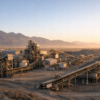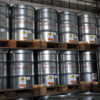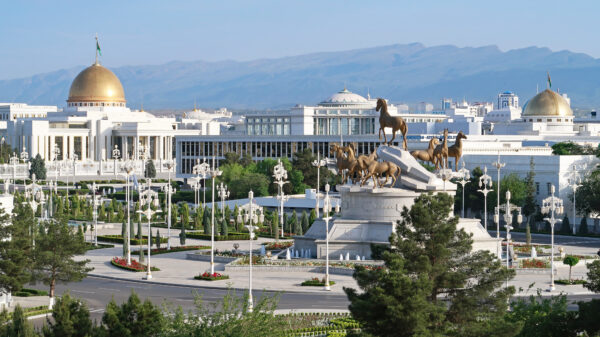The United States’ campaign to release the stranglehold China holds on the global lithium market has run into a roadblock due to state regulations stopping the country from using domestic deposits of the mineral.
Lithium consumption has notably risen in recent years due to the extensive use of rechargeable lithium batteries in the expanding markets for electric vehicles and portable electronic devices. However, uncertainty persists across Texas, Louisiana, and other mineral-rich U.S. states regarding the ownership of the millions of metric tons of subterranean lithium locked in salty brine.
Even though the 1972 U.S. Clean Water Act grants regulatory power over water extraction across the country to Washington, state officials have autonomy to govern other aspects of the process. These legal ambiguities are the latest impediment to America’s plans to produce more of its own lithium and reduce reliance on foreign supplies.
Technical challenges and declining commodity prices further compound the issue. U.S. federal officials in Washington lack significant authority to compel states to amend regulations, thus tying the pace of progress towards the Biden administration’s ambitious electrification targets to the rate at which local officials update outdated statutes.
The Bipartisan Infrastructure Law has allocated USD$1.6 billion in funding from the U.S. Department of Energy to support 12 lithium-based projects for establishing new commercial-scale domestic facilities to extract and process lithium.
Read more: Lithium South installs first production well at largest claim block, prepares for testing
Read more: Lithium South preliminary economic assessment shows optimism for lithium’s future
Each state presents its own problems
This funding aims to develop home-based supply chains necessary for producing clean energy and transportation, as authorized by the law, which earmarks up to USD$108 billion for public transportation investments.
Each state comes with its own issues.
Standard Lithium (TSXV: SLI) announced last October that it had drilled a Texas brine well with lithium concentrations nearly as high as those found in parts of Chile, which boasts the world’s largest lithium reserves. However, Standard cannot extract that lithium until regulations are established.
Meanwhile, the Oklahoma Corporation Commission, which is responsible for overseeing oil and gas development, stated it lacks jurisdiction over lithium production and royalties. They referred inquiries to the state’s Department of Mines, which also confirmed it does not oversee lithium activities.
In Utah, the state legislature and governor passed a bill last year aimed at preventing water levels from declining in the lithium-rich Great Salt Lake. This prompted Compass Minerals (NYSE: CMP) to abandon plans last month to produce lithium for Ford (NYSE: F) in the imperiled lake and disband its entire lithium team, citing a significant increase in regulatory risks surrounding the project.
Additionally, the absence of state guidelines in Louisiana is raising concerns among legal experts that producers may encroach on neighbouring land when reinjecting brine after extracting lithium. Reinjection is necessary to maintain underground water table levels.
Regulators lack agreement on how to value the battery metal or determine who should bear the cost of processing it into a usable form for manufacturers. According to U.S. federal officials, this confusion restricts possibilities as they have limited influence over state regulations.
Read more: Lithium South near completion of production well and economic assessment at flagship operation
Read more: Lithium South and POSCO Holdings ink mutual development agreement
China invested $16B in overseas mining from 2018 to 2020
These uncertainties are currently hindering U.S. endeavours to decrease dependence on foreign supplies, particularly from China. Most of the world’s lithium production is dominated by six mineral operations in Australia, one in Brazil, two each in Argentina and Chile, and five in China.
The United States may need to go elsewhere if the circumstance is not amended and doing so means increased competition.
From 2018 to 2020, China invested US$16 billion in overseas mining, including in South America’s ‘lithium triangle’ comprising parts of Argentina, Bolivia, and Chile, as reported by the UK Foreign Affairs Committee.
China also owns a significant number of overseas lithium mining companies, competing with lithium producers in the triangle such as North Carolina-based Albemarle Corporation (NYSE: ALB), and Arcadium Lithium plc (NYSE: ALTM) (ASX: LTM), but also smaller companies like Lithium South Development Company (TSXV: LIS) (OTCQB: LISMF) (Frankfurt: OGPQ).
The global lithium demand is projected to exceed supply by 500,000 metric tons annually by 2030. Unless the U.S. can fix its lithium production issues, it will continue to depend on China.
Lithium South Development Corporation is a sponsor of Mugglehead news coverage
.
Follow Joseph Morton on Twitter
joseph@mugglehead.com














